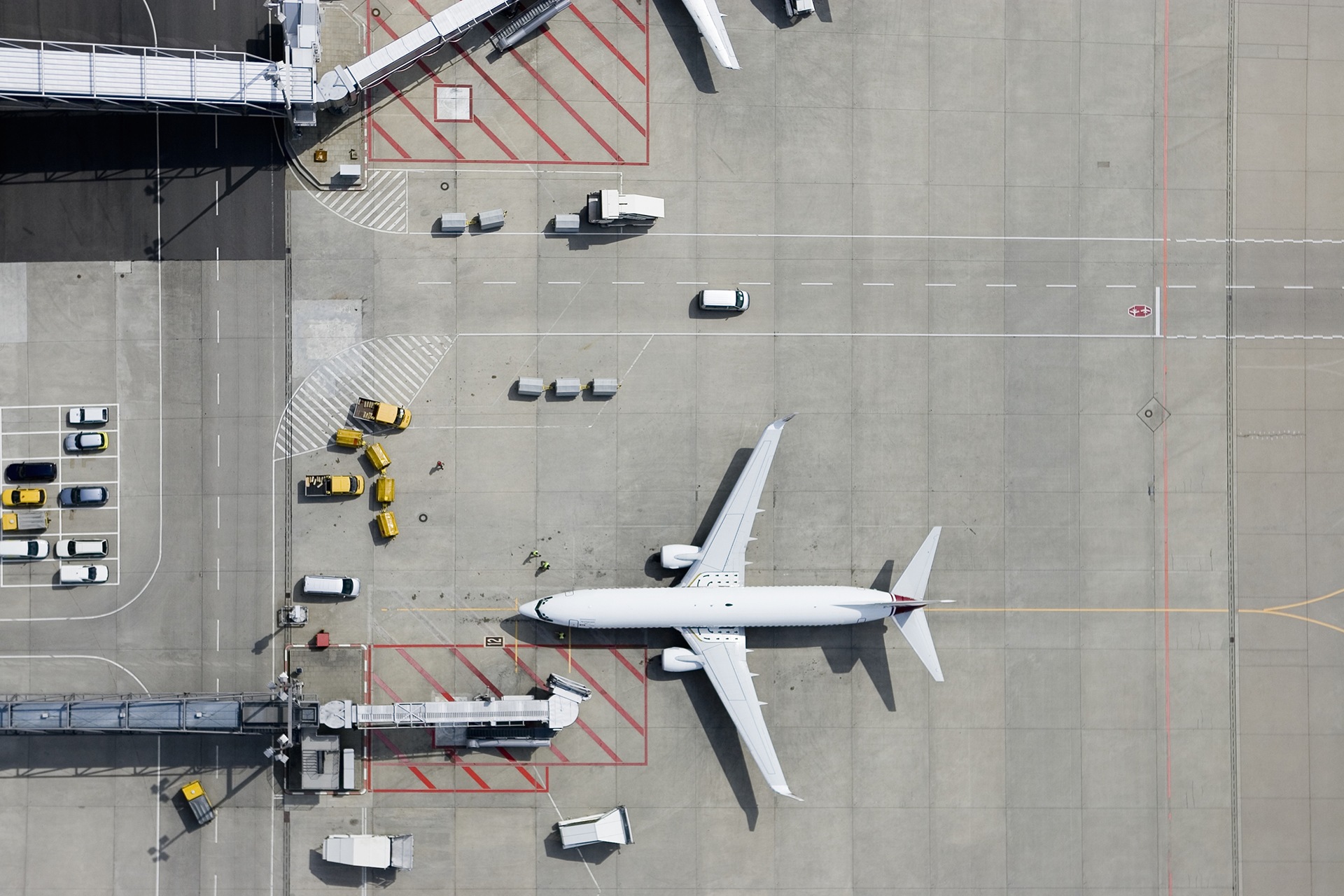SAF are a proven drop-in technology that have the potential to cut carbon emissions in the range of 70% to 100%. To date, they have powered some 450,000 flights.
“Even if we have hydrogen and electric propulsion systems for short haul commercial flights by 2035, the majority of emissions come from long-haul widebody flights,” says Hemant Mistry, IATA’s Director of Energy Transition. “We need SAF to be widely available at a competitive price.”
The current situation
There is a long way to go, however. Approximately 0.1% of fuel uptake is SAF although this figure has been artificially inflated because of the lower total fuel uptake in the past two years. There is better clarity on SAF availability in 2025.
“If you take a flight in 2025, there are decent odds that some SAF will be in the tank,” says Mistry. “There will have been more than one million flights and production will have swollen some 50 times from 2021 volumes. About 50 airports will have some SAF in the system and the next wave of production facilities will have been announced focusing on industrial waste gases, waste agricultural, and forestry material, and aviation will be regularly turning household rubbish into jet fuel.”
That extra capacity will translate to some 5 billion liters of SAF being available in 2025. Most will be HEFA (Hydroprocessed Esters and Fatty Acids)-based—meaning such feedstocks as vegetable oils and used cooking oils.
HEFA is a ready-to-go solution with established markets and logistics. Feedstock is available and refineries can be easily adapted to be HEFA compatible. The issue will remain the price. Used cooking oil, for example, is trading above the price of jet fuel.
“But you have to factor in not only the cost of fossil kerosene but also the cost of burning it,” says Mistry. “Emitting carbon will get more expensive and airlines should build that into any assumptions about the SAF price.”
In any case, trying to predict a SAF price is notoriously difficult. There are more than 50 different SAF feedstock and technology combinations that can be applied in the seven technical pathways that have been certified. And there are numerous stakeholders in SAF deployment too, from airlines buyers to feedstock suppliers, technology companies, SAF producers, logistics firms, financial institutions, and governments. For each of these, geography, cost of labor, and regulatory frameworks must also be factored into the equation.
Mistry accepts that SAF may not achieve price parity in the near future, but he does believe that the price will become competitive.
“There is more risk in doing nothing than in committing to SAF,” he suggests. “Airlines will need to use SAF, and it is better to get experience of it now. It is a drop-in fuel, but airlines might need to know where it is best to use SAF, for example. Some parts of the world will have better availability or attach more importance to their use. SAF will influence strategic decisions.”
Mistry also points out the uncertainty regarding electric or hydrogen options. It isn’t known how much hydrogen will cost, what the maintenance requirements will be or even what the input infrastructure will look like. “There are so many variables with new energy sources that we don’t have clarity on,” says Mistry. “We have SAF. We know they work. The emphasis has to be there.”
New pathways
Every new SAF pathway will expand airline options. Additional technical pathways are expected in the short term and there is close to $20 billion in forward orders.
Work is also ongoing on power-to-liquid (PtL) or sun-to-liquid (StL) processes, also known as synthetic fuels. These fuels are 100% carbon neutral and should be hitting the market soon. They are produced using green electricity, which is coming down in price rapidly as photovoltaic improvements come online. But they are more complex than HEFA and stakeholders are still improving their understanding of gathering carbon from air or from waste.
Demand will also get a boost from the transition to 100% SAF from the maximum 50-50 blend with fossil jet fuel currently allowed. There are no major technical problems with 100% SAF and it has even been tested on a commercial flight by United Airlines. Numerous other trials have also been positive, and the only caveat is that it needs the latest generation of engines.
Older aircraft and engines need aromatics—chemicals that make the fuel work better—to swell seals and prevent leaks. In any case, by the time SAF are in widespread use these aircraft and engines will be retiring.
Synthetic aromatics are also on the horizon and certification body ASTM is looking at the required standards.
Policy harmonization
It is clear that SAF activity is accelerating and on track. Usage will be above the 2% target by 2025 driven by significant airline commitments to buy SAF. By 2045, it is estimated that SAF usage will surpass total fuel uptake in 2019.
“The key now is to keep policies harmonized,” adds Mistry. “The United States and others are taking bold steps forward but keeping it orderly will be important.”
Helping matters is the fact that there is a SAF-compatible feedstock option in more than 90% of countries in the world. By combining international technology with local feedstock to produce SAF locally, governments will enjoy a greater degree of energy security, which is in keeping with most government strategies.
IATA estimates that to reach net zero by 2050, the aviation sector will require about 450 billion liters of SAF. Mistry says the association will be working hard to ensure all stakeholders work toward this goal.
“IATA plays a role in bringing organizations together, sometimes doing matchmaking and importantly, upholding the technical and sustainability standards that airline passengers and the wider community expect,” he adds. “Increasingly, IATA has been actively engaging with policy makers to help design policies that support accelerating the global deployment of SAF”…



